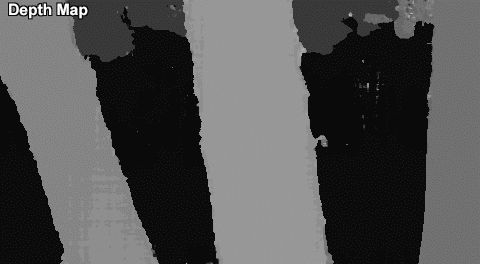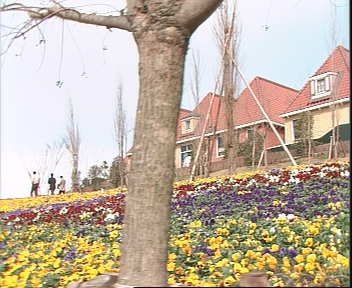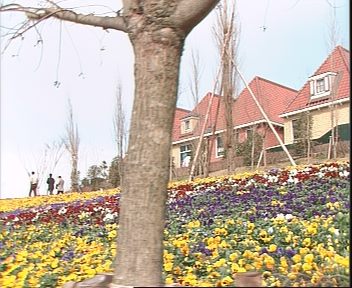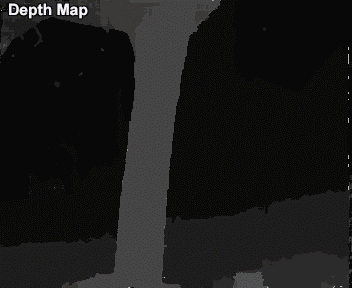Disparity and depth map generation.
Monoscopic video to 3D
- Project: Dr. Dmitriy Vatolin
- Implementation, algorithm: Sergey Grishin, Karen Simonyan, Alexander Parshin, Konstantin Strelnikov
This technology provides high quality depth map estimation for video. Our algorithm doesn’t require stereo content. Only information from single view video is used. Algorithm estimates motion in video sequence, generates disparity map and depth map. Similar technology can be used to convert stereo video to multiview 3D video.
Description
Algorithm uses spatial and temporal information from consecutive frames of monoscopic video
 |
 |
| Previous frame | Current frame |
to estimate disparity map or depth map:
 |
| Depth map vs current frame |
Also stereo pair or multiview 3D video can be generated using the depth map:
 |
| Stereo pair |
Higher quality of multiview 3D video and depth/disparity map is achieved when stereoscopic material is used as the source of conversion.
More examples
 |
 |
| Previous frame | Current frame |
 |
 |
| Generated depth map vs current frame | Generated stereo pair |
Contacts
For questions and proposition please contact us
E-mail: 3dvideo@compression.ru
-
MSU Benchmark Collection
- Video Colorization Benchmark
- Video Saliency Prediction Benchmark
- LEHA-CVQAD Video Quality Metrics Benchmark
- Learning-Based Image Compression Benchmark
- Super-Resolution for Video Compression Benchmark
- Defenses for Image Quality Metrics Benchmark
- Super-Resolution Quality Metrics Benchmark
- Deinterlacer Benchmark
- Metrics Robustness Benchmark
- Video Upscalers Benchmark
- Video Deblurring Benchmark
- Video Frame Interpolation Benchmark
- HDR Video Reconstruction Benchmark
- No-Reference Video Quality Metrics Benchmark
- Full-Reference Video Quality Metrics Benchmark
- Video Alignment and Retrieval Benchmark
- Mobile Video Codecs Benchmark
- Video Super-Resolution Benchmark
- Shot Boundary Detection Benchmark
- The VideoMatting Project
- Video Completion
- Codecs Comparisons & Optimization
- VQMT
- MSU Datasets Collection
- Metrics Research
- Video Quality Measurement Tool 3D
- Video Filters
- Other Projects
